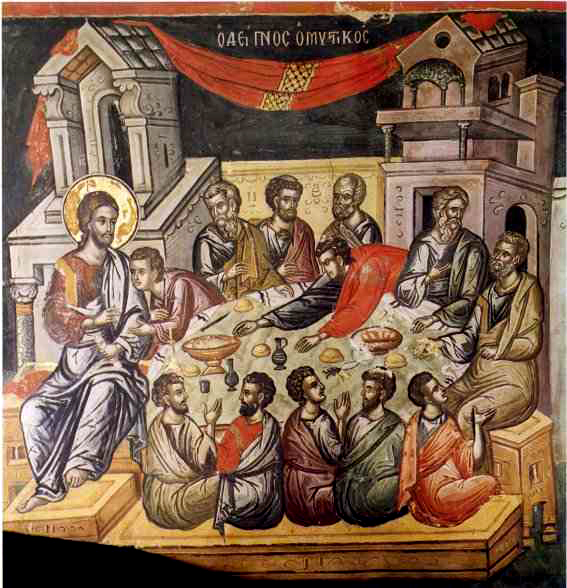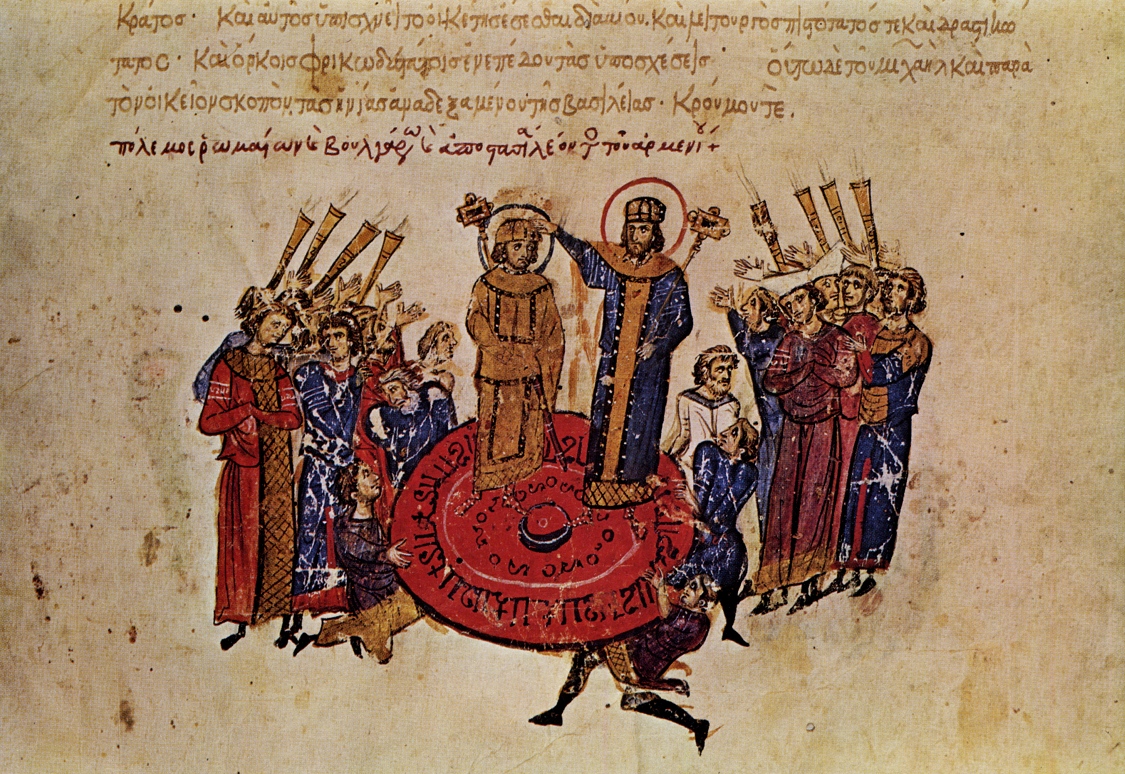
In the fourth century AD, the Romans abandoned the Classical pagan pantheon for Christianity. This meant swapping Saturnalia festivities for Christmas celebrations. From these early beginnings, the surviving Byzantine Empire would inherit and modify its own Christmas traditions.
As the original bastion of Christian Orthodoxy, modern Greek cultural and religious practices owes much to the Eastern Roman Empire, historiographically known as the Byzantine Empire.
Unfortunately, there is a shortage of sources on how ordinary Byzantine people marked the birth of Christ. However, accounts of the emperor’s Christmas celebrations are available to historians.
The Romans and Christianity
In 313 AD, Emperor Constantine issued the Edict of Milan, accepting Christianity. A decade later, it became the Roman Empire’s official religion.
Constantine also moved the capital of the empire from Rome to Byzantium and renamed the city Constantinople (Κωνσταντινούπολις). The Roman Empire was permanently split between East and West in 395 AD upon the death of Theodosius I.
The Eastern Roman Empire outlasted its Western counterpart which fell in the fifth century AD. From about this point on, many historians refer to the Eastern Roman Empire as the Byzantine Empire.
It was in the Byzantine Empire that the doctrines, aesthetics, and practices of the Greek Orthodox faith were developed.

Byzantine Christmas celebrations
For Eastern Roman Easter and the Dormition of the Virgin were much more significant events on the Christian calendar but Byzantine Christmas celebrations held by the imperial court were still lavish affairs.
Several witnesses to these celebrations left written accounts. One account appears in The Works of Liutprand of Cremona. Cremona was an Italian bishop and historian who was sent as a diplomat to Constantinople in the 10th century.
Cremona was personally invited by the Byzantine emperor to celebrate Christmas, together with other foreign dignitaries and imperial courtiers. In his account, Cremona said that the Christmas celebrations took place in a palace called the “Decanneacubita”, meaning “The House of the Nineteen Couches ”.
At the Decanneacubita, the emperor and his guests reclined on couches to eat in the old Roman style, whereas they would normally sit at dinner. The Christmas celebrations were lavish. Cremona recalled how “everything is served in vessels, not of silver, but of gold”.
A lot of culinary theatrics were involved. The Italian diplomat witnessed how “the solid food fruit is brought on in three golden bowls, which are too heavy for men to lift and come in on carriers covered over with purple cloth.”
Four or five men would lower the fruit bowls down to the guests via holes in the ceiling. Each bowl was attached to “three ropes covered with gilded leather and furnished with golden rings”.

Entertainment
Cremona also recalled entertainment at the imperial Christmas feast. These were evidently numerous, as the Italian diplomat commented “As for the various entertainments I saw there, it would be too long a task to describe them all.”
However, one spectacle struck Cremona so much that he did record it. In the account, he describes how a man appeared balancing a wooden pole on his head without the use of his hands. Two young boys then performed gymnastic feats on this pole, as the older performer continued to balance it on his head.

Byzantine Christmas ceremonies
In addition to the festivities, Christmas was of course still a religious festival and the Byzantine emperor was not exempt from paying his respects to God. Prayers were made either at the palace chapel or the Haghia Sophia.
A ceremony called prokypsis is described in detail by Byzantine writers like Geroge Kodinos and Gregoras. The prokypsis ceremony was conducted twice a year during Epiphany and Christmas.
During the ceremony in Constantinople, “the people of the city saw the emperor on an elevated platform, illuminated by artificial light and acclaimed with accompanying trumpets and other instruments.”
The platform itself was also called the prokypsis and the emperor would appear standing on it “alone in full regalia, cut off at the knees by a balustrade that also hid the two kneeling men holding the candle and the sword both visible beside him.”
See all the latest news from Greece and the world at Greekreporter.com. Contact our newsroom to report an update or send your story, photos and videos. Follow GR on Google News and subscribe here to our daily email!



